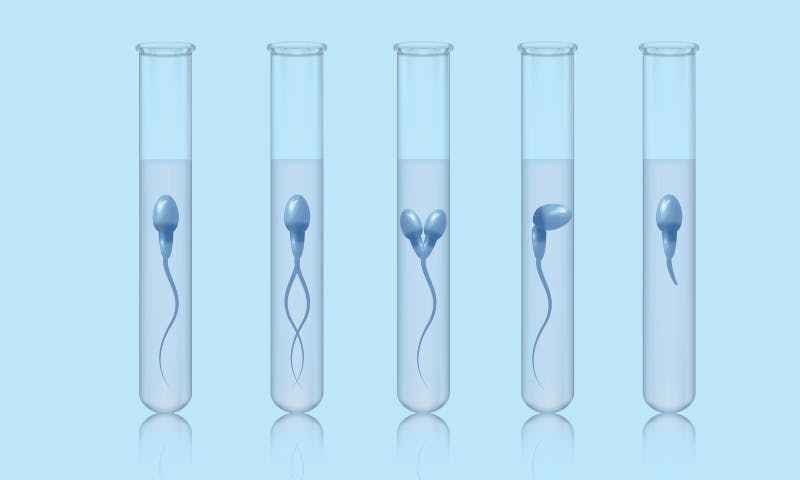- cross-posted to:
- hackernews@derp.foo
- cross-posted to:
- hackernews@derp.foo
When the hard-working little swimmers encounter the thicker vaginal mucus, their path is slowed. So the sperm often join together at their heads, which gives them greater swimming speed (up to 50 percent faster) than if they were to carry on individually.
I wonder why that is. If a group of people were to join together and run, the speed of the group would be capped by the slowest runner. And aerodynamics would be worse.
I mean, professional cyclists do the same, as do migratory birds. Only the front has to take the resistance, the back has to spend less energy. The slow, tired ones just drop off.
This is a guess but the fluid dynamics likely changes? As the size of the group increases the Reynolds number probably increases making inertia a significant factor.
Individual human runners in air is maybe a bad analogy think more like honey where every stroke pushes you back as much as it pushes you forward.
This article might interest you https://doi.org/10.1529%2Fbiophysj.107.118257
Well… if its mucus that’s causing the resistance then the sperm need more power to overcome the resistance. So if a group clump together in a way that focuses the forces of their movement on a small section of mucus then they’ll work like a group snowplow.
plow
Sneaky



